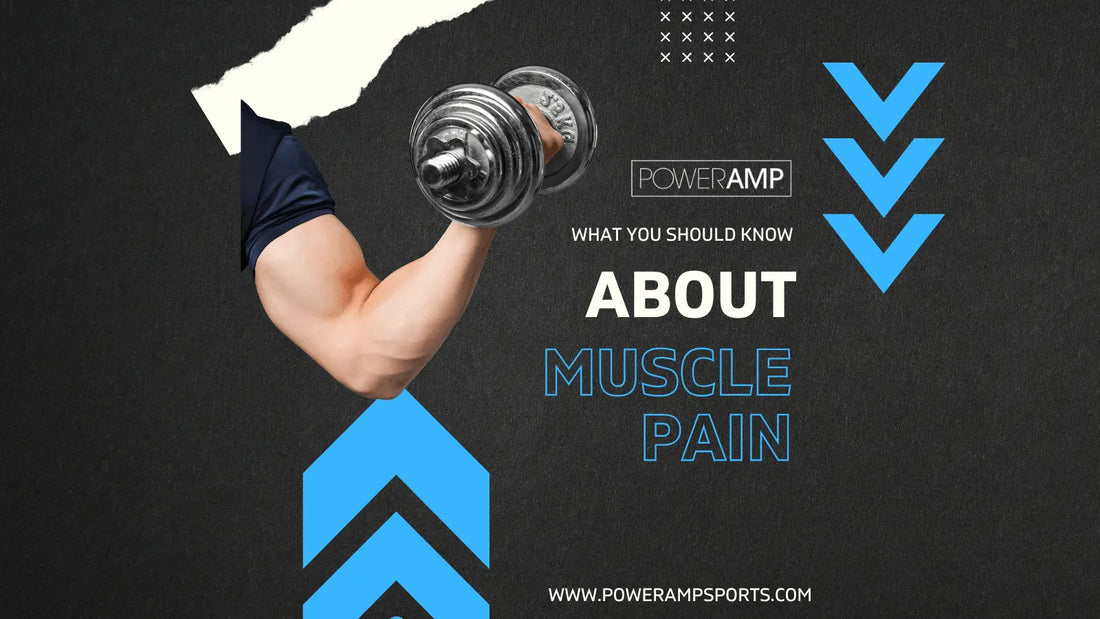Soreness can result from any physical activity that puts the muscles under excessive strain. People who work out regularly and are in good shape can still experience muscle pain.
This article tackles the causes of muscle soreness and the typical duration of symptoms. It also lists the treatments that may help to relieve muscle soreness, along with research into their effectiveness.
The body's muscles expand and contract during physical exercise to assist movement. Repetitive exercise prolonged might overwork the muscles. The result of this action can be painful muscles.
The likelihood of overexertion and muscular soreness increases following physical activity that deviates from the norm. These factors might be to blame for it:
1. more frequently than normal.2. practising more intense exercise
3. extending your workouts
4. Adding additional workouts to a routine
Within hours following physical exertion, muscle discomfort typically sets in. Doctors call this condition delayed onset muscle soreness (DOMS). Regardless of physical health, most people have DOMS.
The precise origin of DOMS is still being determined. Experts speculate that minor muscle fibre tears can occur when you exercise. They contend that the body's attempt to repair these injuries causes muscular discomfort. Lactic acid does not accumulate in the muscles and causes DOMS.
What is the duration of it?
The American College of Sports Medicine (ACSM) claims that muscle soreness frequently starts 12 to 24 hours after exercising.
The muscle discomfort subsequently reaches its height 24 to 72 hours after the workout. The discomfort should start to subside after this point.
The kind, length, and frequency of the activity that triggered the pain affect how sore a person is during DOMS.
Even with painful muscles, you can still exercise, although it can be uncomfortable.
Sharp pains that come on suddenly after exertion may be signs of injuries like strains or sprains. These wounds require medical attention since they are more serious than DOMS. They develop because of the tearing or stretching a muscle, tendon, or ligament.
Alleviating muscular ache
Muscle aches are typical and infrequently need medical care. Symptoms typically disappear on their own. It is best to avoid overstretching the damaged muscles in the interim.
People occasionally suggest the following remedies to reduce muscle discomfort after exercise:
To relieve muscle aches, consult a licenced physiotherapist or sports massage therapist. Massages bring more blood to an injured area, which may help it heal faster and hurt less.
Increased blood flow with heat therapy, such as taking a warm bath or applying heat pads to sore muscles. On the other hand, heat therapy typically only provides transient symptom alleviation.
Inflammation and muscle swelling by cold therapy, such as using cold packs or submerging oneself in cold water. As a result, cold therapy is beneficial as a long-term treatment for muscle damage.
Light exercise can help ease pain by keeping the muscles engaged. It is crucial to maintain a low level of intensity and abstain from actions that overly tax injured muscles. Walking and light stretching are two examples of light activities.
Over-the-counter (OTC) nonsteroidal anti-inflammatory drugs (NSAIDs) can help reduce muscle pain and inflammation.
What the study finds
The efficacy of four well-known DOMS therapies was evaluated in a meta-analysis from 2012. The meta-analysis comprised thirty-five trials, each of which examined a particular treatment.
1. stretching2. simple exercise
3. cryotherapy or cold therapy
4. massage
The meta-analysis found that massage was a successful treatment for DOMS symptoms and indicators. The effect was, however, marginal and not statistically significant for the entire sample. Additionally, there was no evidence that stretching, mild exercise, or cryotherapy were efficient approaches to alleviating DOMS.
A 2011 meta-analysis by Trusted Source found that stretching before or after exercise does not help DOMS much.
In 2016, a meta-analysis investigated the efficacy of cold-water immersion (CWI), a cryotherapy used to treat aching muscles. The outcomes demonstrated that CWI had marginally higher efficacy than no therapy. The best results are by taking an 11- to 15–minute bath in water between 11 and 15 °C.
Overall, this research shows that few DOMS treatments are backed by science. Additionally, those that work seem to have a negligible gain. However, people might benefit from the treatments.
Prevention
While there is no full cure for DOMS, there are things one can do to lessen the severity of symptoms.
The best approach to achieving this, according to the ACSM, is to gradually introduce any changes to your workout regimen. Thanks to this sluggish technique, the muscles will have time to adapt to the changes they are going through.
Sports Magnesium
Sports Magnesium is a high-strength, daily formula that contains 145mg of elemental Magnesium per capsule.
Sourced from seawater, this natural marine Magnesium contains no Magnesium oxide, giving it superior absorption and gentleness in the digestive tract.
Magnesium is effective in post-exercise recovery, soothing muscle tension and tightness, and supporting optimal sleep. Magnesium is one of the most important nutrients as it involves hundreds of processes within the body but is easily depleted with exercise.
SHOP NOW: https://bit.ly/sports-magnesium
Source: Medical News Today



Leave a reply
Nunc vehicula quam semper odio varius tincidunt. Vestibulum ante ipsum primis in faucibus orci luctus et ultrices posue.
Please note, comments need to be approved before they are published.